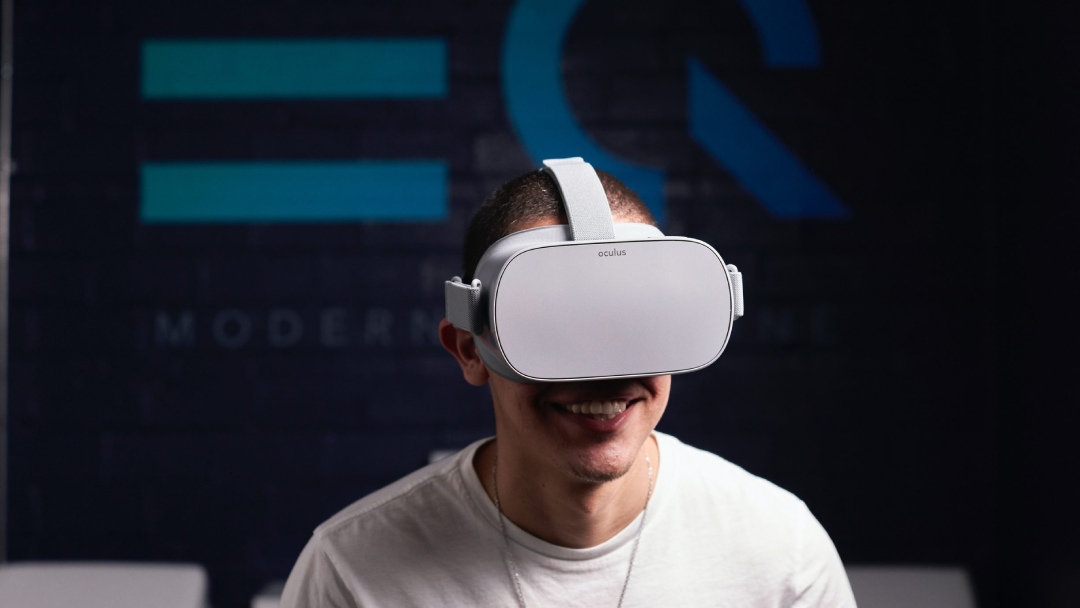
The metaverse is the 3D virtual universe in which users navigate with individualized avatars for games, socializing, learning, and attending events. Which became reality after Facebook Inc. changed its name to Meta Platforms, Inc. and Microsoft purchased Activision Blizzard. However, what is the impact on the retail of this connected world? Consumer perceptions of virtual shopping experiences in the metaverse and their desire for them have recently been studied.
Brands may find the metaverse intimidating, even though it may seem intuitive to Gen Zers. It is imperative for retailers at a time when consumer perceptions of the metaverse are still a bit murky to comprehend how to capitalize on an opportunity predicted by Bloomberg Intelligence to reach nearly $800 billion by 2024. These tips will help brands connect with digitally-savvy consumers in this next phase of the internet:
Metaverse messaging must be refined by brands
The term “metaverse” still causes confusion among consumers. Approximately half (53 percent) of respondents were familiar with the term metaverse, suggesting that retailers must communicate clearly with consumers about their metaverse offerings. To engage consumers with their products, brands will need to clearly define what types of platforms they’re targeting and what kinds of capabilities they’re expecting consumers to have.
Brands enter the metaverse through virtual stores
GenX and Millennials alike enjoy the benefits of online experiential retail. Consumers have made a purchase in Virtual Stores in a quarter of cases, and 69 percent of Gen Zers, 77 percent of millennials, and 67 percent of Gen Xers have done so. A majority of consumers find virtual shopping highly engaging, so brands looking to drive repeat purchases should leverage this unique experience. The survey also found that 60 percent of respondents had previously shopped online in a virtual store and intend to repeat the practice in the future.
Gen Zers are motivated by convenience and sociability when they shop in the metaverse
Gen Z is accustomed to engaging and interactive shopping experiences since they grew up in a hyperconnected world via social media, video games, and e-sports. According to a survey called The Metaverse Mindset: Consumer Shopping Insights, 60 percent of young shoppers believe brands should sell their products on metaverse platforms. One in five Gen Zers believe they should be able to shop anywhere they want online, while 41 percent desire a convenient place to buy both digital and physical products. In addition to helping brands reach consumers, where they are already, developing commerce strategies centred on the metaverse, will replicate the social-while-you-shop model enabled by modern-day malls, another element 45 percent pointed to as justification for the existence of the metaverse.
The videogame industry is a key metaverse platform
There are other ways for brands to engage consumers in the metaverse, aside from building memorable, discovery-driven 3D stores; the same tactics can be used to reach consumers in video games as well, which are proving to be significant shopping environments that brands can easily capitalise on. Sixty-two percent of respondents overall and 74% of Gen Zers have bought a digital product within an online video game – such as an accessory, skin, or garment for their avatar – and more than half of respondents will spend more than $49.99 on a virtual product.
Consumers interested in the trendiest items to dress their online avatars will be satisfied with brands operating in the metaverse, as well as the ability to control their branded experiences through virtual worlds, islands, and environments provided by games, which 51 percent of Gen Zers and 44 percent of millennials said they would be interested in exploring.
In order to differentiate themselves from the competition, companies are watching how the metaverse is changing and determining what virtual offerings align most closely with their brand, both now and in the future. Experiential e-commerce can unlock significant new customers and revenue for brands if they plan ahead and determine their budgets for three to five years in advance.

0 Comments